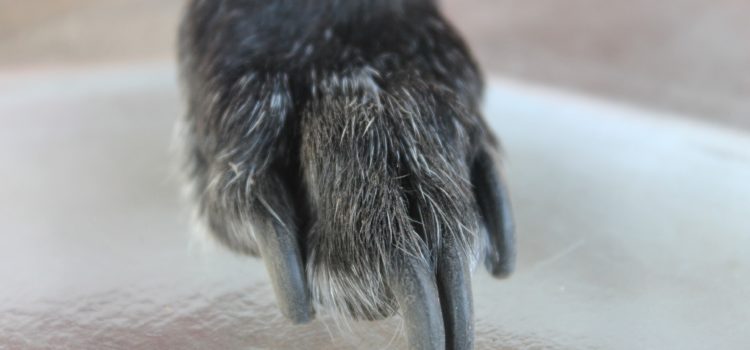For those of you who know me or have been to my training know how passionate I am about not using choke/check chains (or prong or e-collars). People often ask my why – even if they do not intent to use it in a forceful manner. Even if not used as a corrective training tool, your dog may still lunge towards another dog/cat/human or other trigger and in the process physically hurt himself. You might also be unaware that you unintentionally give jerks on the choke chain. Long term (be it unintentional) jerking on the choke chain will cause physical damage. Alternatives are a normal nylon or leather collars. If you are nervous of your dog slipping out of a normal flat collar then you can buy a semi-slip collar, harness or Gentle Leader(TM)
The following is an article written by companion animal behaviour therapist Peter Neville DHc, BSc (Hons), UK, whom I also had the pleasure in meeting in 2003 during his visit to Cape Town.
In the 40 years of veterinary practice (including 22 as veterinary advisor to a police dog section) my veterinary surgeon partner in the Centre of Applied Ethology, Robin Walker MRCVS, reports having seen ‘numerous severely sprained necks, cases of fainting, transient foreleg paresis and hind leg ataxia after robust use of the check chain’.
The practice of slamming the dog sideways with a jerk that brought the foreparts clear of the ground and 2-3 feet towards the handler, became popular in the 1970’s and resulted in a painful condition known as ‘Woodhouse neck’ (see below) in his practice. He reports that some of these cases exhibited misalignment of cervical vertebrae on radiographs and that his ophthalmology colleagues had decided views on the relation between compression of the neck caused by the use choke chains, intra-ocular pressure disturbances and damage to the cervical sympathetic nerve chain resulting in Horner’s syndrome. He also reports having personally seen a case of ‘swollen eyes with petechial scleral haemorrhage and a number of temporarily voiceless dogs caused by the use of choke chains in the training of dogs’.
On page 29 of her book, ‘Handling a Problem Dog’, published in 1992, the famous and now late UK dog trainer Barbara Woodhouse tells us that the cure for vicious behaviour in a dog is to ‘return violence with violence’. She continues… [Insert: due to the explicit explanation of her violent method I have decided to delete this paragraph from the article. CG] Attitudes, understanding, methods and ethics have come a long way in the worldwide field of dog training and behaviour therapy since these awful words were published.
From the Veterinary Hospital of the University of Pennsylvania, we learn that it is never appropriate to recommend to an owner to hang a dog from a choke collar to subdue aggression. If the owner cannot back the dog down, and this may take a fight to the death, they are at risk of being injured. Furthermore, the dog is at risk of injured ocular vessels, tracheal and oesophageal damage, and recurrent laryngeal nerve paralysis. ‘In the few cases of the latter, due to hanging by a choker, seen at VHUP, all have died despite therapy that included a respirator’.
Using punishment to train dogs, horses or children works in a number of cases to the satisfaction solely of drill sergeants, traditional schoolmasters and horse breakers, and of dog chokers and jerkers, and those intent on methodically and sadistically abusing dogs to raise their own impoverished egos under the guise of ‘training’. It fails disastrously when it creates anxious casualties or violently defiant rebels.
It is no longer acceptable to hide behind the concept that to train a dog one has to be ‘cruel to be kind’. Such ‘trainers’ and teachers are being increasingly made to consider whether they are simply being ‘cruel to be cruel’ in a more enlightened world.
The question is very simple. When a punishment fails, what do you do next? Do you relentlessly increase the punishment, or try alternative methods?
It is the ambition of the Association of Pet Dog Trainers, the Association of Pet Behaviour Counsellors and COAPE in the UK and of many other groups interested in the welfare of children, as well as pets, to persuade us to try the alternative methods first.
Robin Walker is also one of a growing majority of veterinarians around the world who firmly believe that the veterinary profession should also embrace these issues as part of a general concern with animal welfare.



